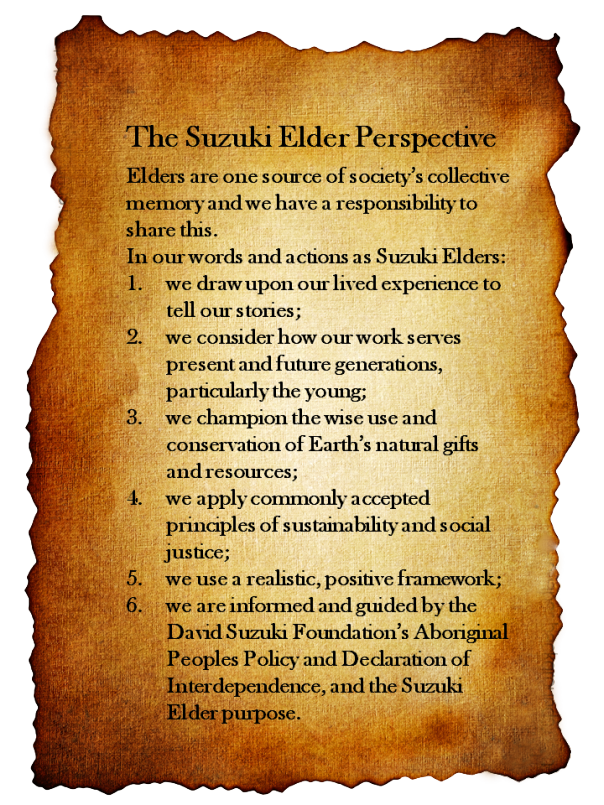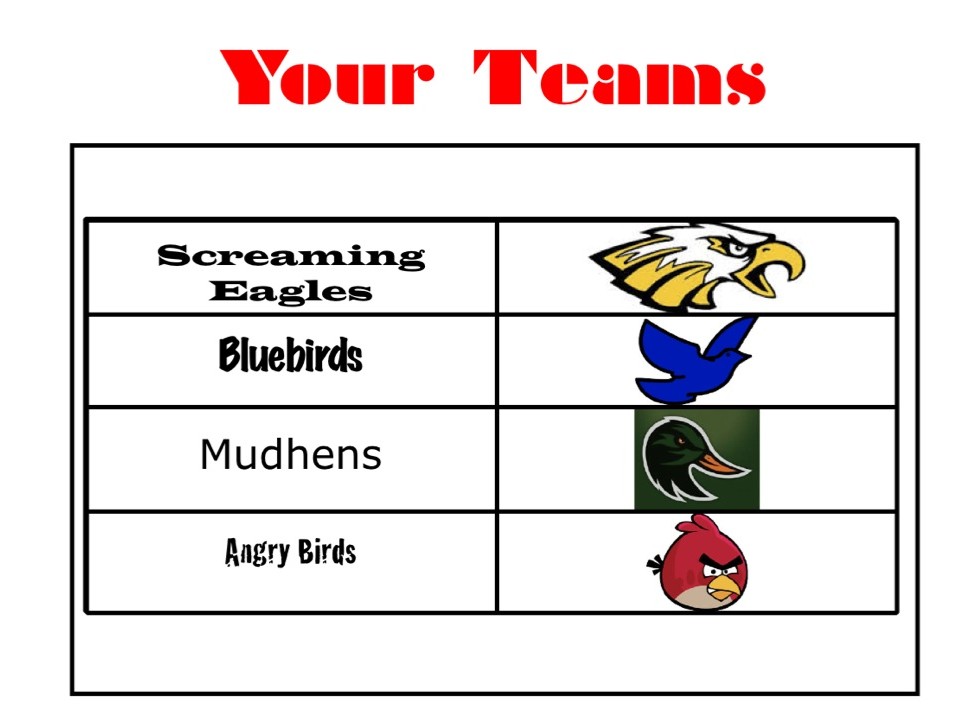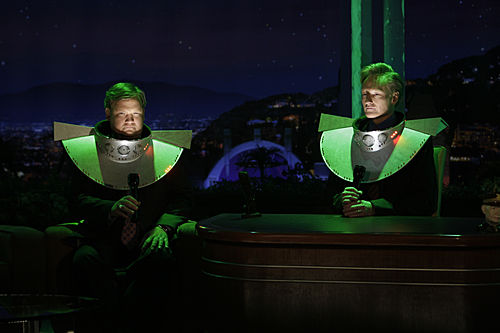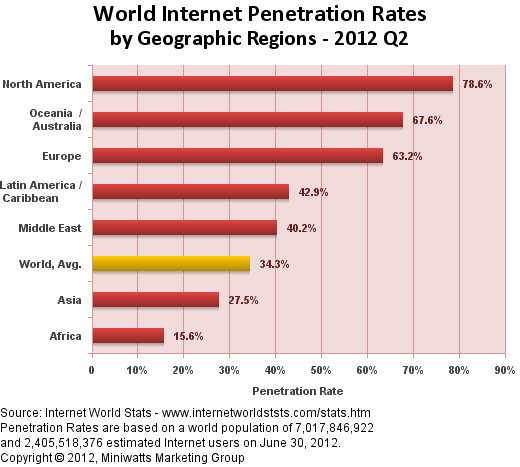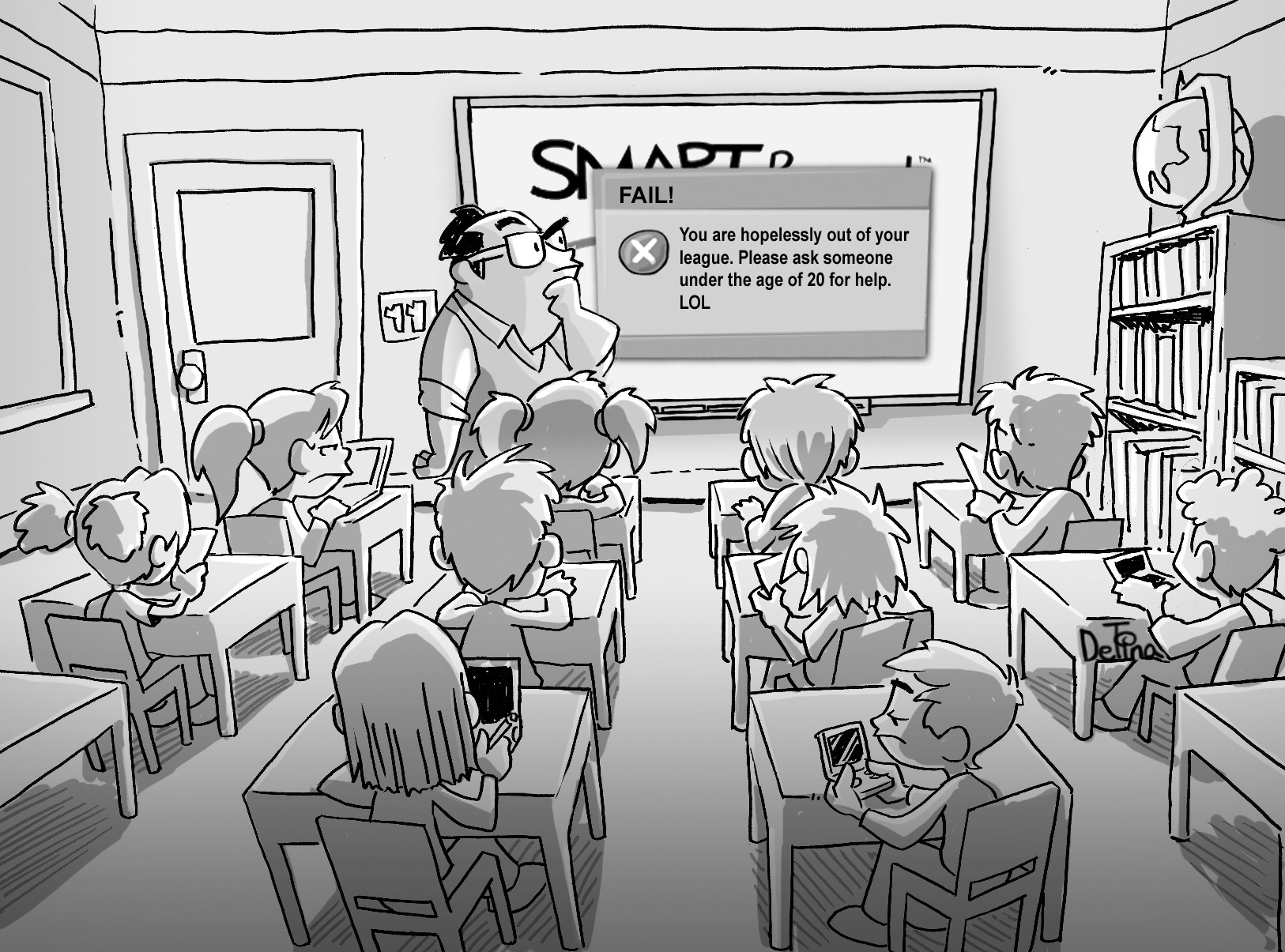“Are you watching closely?” is the haunting question that opens up Christopher Nolan’s excellent 2006 movie, The Prestige, in which two rival magicians try to outwit each other using a common tool of the trade: distraction. While there is much in the film’s story that is worthy of discussion, especially in connection to the visual literacy theories written about by Gunther Kress, Theo van Leeuwen, Gillian Rose and Mary Hamilton, it is one of the behind-the-scenes details that I will connect with most in this post. The film is set at the end of the 19th century, mostly in London, England. One of the details the production designer wanted to get right was the number of posters and their typography that filled the city’s streets at that period. Much of this relates to the rise of “ocularcentrism” in European countries. The on-set image below shows the posting board that were frequently seen on busy London streets, full of flyers of an increasingly visual nature. Production designer Nathan Crowley describes the look of London he recreates (on a Los Angeles backlot) as “the Victorian version of Tokyo” with advertisements everywhere (Conjuring the Past, DVD Bonus Feature). Crowley is just one of the many crew members involved, as his departmental positions suggests, with the production of the movie. As director and co-producer, Christopher Nolan deserves full recognition as the auteur of everything that appears on screen, while his wife and frequent collaborator Emma Thomas takes care of everything surrounding the movie (from securing the screenplay rights to getting it onto screens around the world) as another of the co-producers. Christopher’s brother, Jonathan, incidentally co-wrote the screen adaptation of Christopher Priest’s 1995 novel. So many layers of production to consider when discussing who really made the movie.
According to Rose, a film’s production crew is just one part of the equation in making meaning from a movie, and as sprawling and time-consuming as it is to produce a feature film, the audience should take credit for creating the film as well. The Nolan brothers and Thomas were in between highly acclaimed Batman movie, and were able to secure the talents of that series regulars like Christian Bale and Michael Caine to take on roles in The Prestige, and it may have been a surprise for audiences of the art house (ie. middle to low budget) team that produced Following (1998), Memento (2000) and Insomnia (2002) before capturing more mainstream audiences with Batman Begins (2005). For dedicated followers of this team’s work, The Prestige was something of a surprise, soon to be overshadowed by the genre-defining The Dark Knight (2008) comic book adaptation. Asides from critical praise and awards nominated, and in a few cases won, the fans of Nolan-Thomas-Nolan films are growing in number and interconnectedness. The audience created the need for each one of their films, and as their style and production values began to increase with each success, the larger the audience for their films become. One of the demands of the audience is to be surprised by technical innovation, yet too much CGI (computer-generated images) spoils the lucky streak they appear to have – much like how way too many lightsaber battles in the most recent Star Wars movies has deadened audience response as compared to the classic Obi Wan vs. Darth Vader multimodal (sound and visual) treasurebox. In The Prestige, the rival magician both learn to make their illusions look good, but not too good. As the last lines of movie suggest, the best part of the illusion, and I would add visual literacy in general, is offering the audience just a bit more than is the image presents, they want to find what they think is the real truth behind the artifice. It is best summed up by the last lines of this wonderful movie:
Every magic trick consists of three parts, or acts. The first part is called the pledge, the magician shows you something ordinary. The second act is called the turn, the magician takes the ordinary something and makes it into something extraordinary. But you wouldn’t clap yet, because making something disappear isn’t enough. You have to bring it BACK. Now you’re looking for the secret. But you won’t find it because of course, you’re not really looking. You don’t really want to work it out. You want to be fooled.
Reference
Nolan, C. (dir), (2006). The prestige [film and DVD commentary]. Los Angeles: Touchstone and Warner Brothers.


